The Ultimate Guide to Free Camping in the US – What It Is, Where to Find It, and How to Do It Right
When you’re exploring the outdoors, whether you’re backpacking in the backcountry or doing the van life thing, you’ll need to find a place to spend your nights. While campgrounds are usually cheaper than hotels, the campsite fees can certainly add up over a long trip. But free camping is a great way to save money on your adventures!
During our year off to travel full time in our Wayfarer campervan, Michael and I spent most of our time free camping and only resorted to paid campgrounds when absolutely necessary so we could stretch our dollar on the road.
But even before we hit the road full time, we frequently took advantage of free camping on our weekend California climbing and camping trips into the Eastern Sierras. For example, there is a lot of free camping options near Mammoth Lakes, California and Bishop, California (two of our favorite areas to adventure in California).
So whether you’re road-tripping across California or taking a solo travel adventure across the US, you’re going to want to make sure to save this guide for all your future free camping questions and resources.
THE FREE CAMPING INFO WE WILL COVER IN THIS GUIDE
While free camping itself is simple, a lot goes into the process of finding the perfect free camping sites for your needs. It’s useful to do your research ahead of time so you understand where you can camp for free and how to do it properly..
In this blog post, we will go in-depth on the following topics to help you understand the ins and outs of free camping, so you can do it yourself.
What is Free Camping? - What defines free camping and the various terms used to refer to it.
Where Can You Free Camp? - The places that typically allow free camping.
Pros & Cons of Free Camping - All the pluses and minuses of free camping.
When To Splurge on Paid Campgrounds - Situations where it’s worth it to pay for a campsite.
Do’s & Don’ts of Free Camping - Both official and “unspoken” rules.
Free Camping Essentials - The gear you need to go free camping.
Backcountry Bathroom Tips - How to handle it when nature calls and there are no nearby facilities.
Leave No Trace While Free Camping - How to follow LNT principles when free camping.
Resources for Finding Free Camping - Apps & websites to help you locate free camping in your area.
Staying Safe When Free Camping - Potential hazards of free camping and how to handle them.
If you’re looking for specific information, feel free to skip ahead to the section you’re looking for!
Also, be sure to check out the bottom of this post to find more hiking trail guides and other additional hiking, camping, and backpacking resources!
GRAB MY [FREE] OUTDOOR BACKPACKER STARTER KIT
I created the Ultimate Outdoor Backpacker Starter Kit for you (and it's FREE)! This starter kit is filled with 14 pages of my best hiking and backpacking tips to help you learn what it takes to become a safe, confident, and self-sufficient outdoor backpacker!
WHAT IS FREE CAMPING?
The basic definition of free camping is a place you can spend the night without having to pay a fee. This takes various forms, and often depends on what you’re sleeping in. Free tent camping options differ from places where you can camp in your vehicle for free.
DISPERSED CAMPING
You’ll often hear the term dispersed camping when referring to camping on BLM (Bureau of Land Management) land or National Forest land. Camping is allowed for free pretty much anywhere on this type of land, although you will sometimes see no camping signs, and you need to follow these regulations.
Dispersed camping is the main form of free tent camping, since dispersed campsites are located on land where you can set up a tent. You can also camp in your vehicle here, however, dispersed campsites are often found off of dirt roads, so a 4WD high-clearance vehicle might be required to access them. Some dispersed campsites might have fire rings, but you won’t typically find other amenities such as bathrooms.
BOONDOCKING
Boondocking is a more common term among the RV crowd, and can refer to camping at just about any legal free camping site. This includes parking lots of businesses that allow it, such as Walmart, as well as wilderness campsites.
DRY CAMPING
This refers to any camping without a water source, electrical hookups, or bathrooms. Again, this term is more often used when referring to vehicle camping, but can really apply to any boondocking or dispersed site as well.
WHERE CAN YOU FREE CAMP?
The most important thing to know about free camping is where you are allowed to do it. You should always respect rules & regulations about where you can camp. For example, there are a lot of places in California that require camping permits and reservations ahead of time. It really varies from place to place.
Here are some of the main places where you can commonly find free camping.
BLM LAND
Bureau of Land Management (BLM) land is probably the most commonly known place to free camp in the wilderness. BLM land is mostly found in the western US, and you can use the map on the BLM website to find it.
NATIONAL FORESTS
Most National Forest land is also open to free camping. One of the great things about National Forest land is that it is often near established paid campgrounds, so if you’re in a popular area where those campgrounds fill up fast, National Forest land will give you an option to camp nearby.
Camping on National Forest land is usually more secluded than camping in a paid campground, so you won’t feel like you’re camping right on top of other people. However, if possible, you should look for sites that are used often and are more established in order to Leave No Trace. Some of these established sites might even have fire rings, so you can safely have a campfire (depending on current regulations in the area).
During our travels we spent a lot of time free camping on National Forest Land. A few of our favorite spots included free camping in Bend, Oregon and free camping in National Forest land in the Sawtooth National Forest before our Alice-Toxaway Loop Backpacking trip.
BUSINESS PARKING LOTS
WALMART
Walmart is known for usually allowing vehicle camping in its parking lots. Walmart parking lots actually make great places to stay since the stores are open 24 hours, so you can always go in for food or to use the bathroom. Be sure to read any posted signs in the parking lot or call the specific store to check if a particular Walmart location allows you to park your vehicle overnight.
GYMS
Certain gyms will allow you to park overnight in their parking lots – Planet Fitness in particular is known for this. If you have a membership or buy a day pass, this can also get you access to showers.
But not all gyms allow overnight parking, so make sure to check before you settle in for the night. In fact, while climbing gyms seem like they would be friendly to dirtbag campers, they often don’t allow vehicles to be parked in their lots overnight.
CABELA’S
Certain Cabela’s outdoor stores are accommodating to vehicle campers, and some even have dump stations for RVs. However, not all Cabela locations allow overnight camping, so make sure to call the specific store location ahead of time to check.
CRACKER BARREL
A common free camping spot that might surprise you is Cracker Barrel! Many locations of this restaurant chain will allow you to stay overnight in your van or small RV. It’s always a good idea to call ahead to check that the specific Cracker Barrel you would like to spend the night at allows camping. Also, it’s nice to show your appreciation for the free camping by having breakfast at the Cracker Barrel before you head out in the morning (or dinner when you arrive in the evening).
TRUCK STOPS
Truck stops can make great places to camp overnight, since they’re easy to access right off the road, and they are always stocked with amenities. Sleeping in your vehicle at a truck stop will give you access to bathrooms and possibly even showers (you’ll have to pay for this). Plus, they’re stocked with food (perhaps not the most healthy options though), and you can get your caffeine fix with lots of coffee. Some truck stops might also offer wifi if you have work to get done while on the road.
Of course, the trade off for all these conveniences is that truck stops can be noisy and extremely lacking in privacy. For safety reasons, you should try to stay at a well-lit truck stop, but this means you will probably need something to block the light in order to sleep well, and earplugs might come in handy, too.
CASINOS
Casinos are often extremely open to vehicle camping in their huge parking lots. Because they are open 24 hours, casinos are convenient when you’re traveling on a weird schedule and don’t know when you’ll arrive. While casinos don’t offer a lot of free amenities, you can splurge on a nice buffet meal or possibly even a spa treatment or fitness center pass.
As always, you’ll want to check with the specific casino ahead of time to make sure it’s okay for you to camp there.
HOMES OF FRIENDS/FAMILY
Another option for free vehicle camping is relying on the generosity of friends and family to park in their driveway or on their street. When you’re visiting your favorite people, they will often offer you the use of their bathroom for a hot shower and their kitchen for a hot meal. Just be sure not to overstay your welcome!
PROS & CONS OF FREE CAMPING
There are lots of advantages to free camping, but there are several disadvantages, too. If you’re trying to decide whether to free camp or pay for a campsite, here are some of the pros & cons of free camping.
POSITIVE ASPECTS OF FREE CAMPING
It’s free! That’s obviously the number one advantage to free camping. Paid campgrounds can cost $20-$30 (or even more!) a night, and that can definitely add up.
Another nice thing about free camping, specifically dispersed camping, is that you usually will be a little more secluded than at paid campgrounds. In developed campgrounds, you’re often right next to your neighbors, but with dispersed camping, you can pick a spot that gives you more personal space.
NEGATIVE ASPECTS OF FREE CAMPING
The main tradeoff for not paying for your campsite is the lack of amenities, which means that when you’re free camping you need to bring everything you need, including water. If you’re used to bathroom facilities and water spigots, this can be an adjustment.
Another potential downside to free camping is that sometimes the environment won’t exactly be pristine and pretty. If you’re dispersed camping, you might find that the previous campers fail to follow Leave No Trace principles and left trash in the area. And if you’re camping in your vehicle in a parking lot, it’s certainly not going to have the best atmosphere, with street lamps and noise.
Also, free camping is almost always first-come, first-serve, so if you’re in a popular area, it can be hard to find. Usually you will still be able to find a spot if you drive around for a while, but if you’re tired and ready to stop for the night, this can definitely be frustrating.
WHEN TO SPLURGE ON PAID CAMPGROUNDS
While free camping will obviously save you money, sometimes paid camping is worth the splurge. Here are some occasions where I recommend paying for a campsite:
WHEN YOU NEED TO GET CLEAN
If you’re camping for a long time or living out of your van, there will be times where you feel filthy. When you need to shower or do laundry, it might be time to splurge on a paid campground.
Of course, there are options to shower at gyms or truck stops, and you could use a laundromat for your laundry, but sometimes it’s nice to camp somewhere with all the amenities so you can just rest and relax for a bit.
WHEN YOU NEED TO RECHARGE
Sometimes when you’re traveling on the road (particularly in a van with solar panels), you might hit a spout of rainy/cloudy weather. This might be a good time to splurge on a campsite with electrical so that you can recharge your battery and devices before hitting the road again.
WHEN YOU NEED TO BE SURE YOU HAVE A CAMPSITE
As mentioned above, you usually can’t reserve a free campsite, so if you absolutely need to have a site in a certain spot, you should reserve and pay for a campsite in advance. Finding a dispersed campsite exactly where you need it can be a challenge, especially in popular areas and during the busy camping season. Reserving a campsite online gives you peace of mind that you can head straight to your campsite when you arrive without the potential hassle of searching for an open spot.
WHEN FREE CAMPING IS NOT ALLOWED
Free camping is not allowed everywhere. For instance, in national parks as well as state parks, you will have to pay for an established camp site (unless you are heading into the backcountry, in which case you probably still need a permit).
You also can’t free camp on private property (unless you have permission of the land owner). This means you will need to do some research (jump to Section 9 for resources) to find out where free camping is allowed.
WHEN YOU WANT THE BEST VIEWS
Sometimes you have to pay for the scenery. While many dispersed campsites offer great views, paid campgrounds often are designed to have the very best views. If you’re in an area where you really want to appreciate the landscape, it might be worth splurging on a campground with a view. But if you’re just looking for a place to sleep for the night, it doesn’t matter so much.
DO’S & DON’TS OF FREE CAMPING
While there aren’t a lot of official regulations when it comes to free camping, there are a lot of unspoken rules. Here’s what you need to know about what to do and what not to do when you’re free camping.
DON’T TRESPASS
The biggest official rule of free camping is don’t camp where you’re not supposed to. You can’t free camp on private property, so if you’re unsure who the land belongs to, you should find a different site to spend the night.
DON’T CROWD OTHERS
If you show up at a dispersed camping area and people are already there, try to give them some space when choosing your campsite. Many people prefer dispersed camping to a crowded paid campground because it offers more seclusion. So if there’s plenty of land to camp on, don’t set up your tent right next to someone else’s.
DON’T MAKE A MESS
No matter where you’re free camping – in a parking lot or a dispersed spot – you should keep your campsite tidy and take care of your trash. You want to leave your campsite the way you found it, so the next campers can enjoy it like you did. (Check out Section 8 of this post for more info about how to Leave No Trace.)
DO SUPPORT BUSINESSES
If you are free camping in the parking lot of a business, it is nice to patronize the business as a gesture of gratitude. Have breakfast at Cracker Barrel, pick up some snacks at Walmart, or get coffee at a truck stop. While doing this isn’t actually required, it’s definitely the polite thing to do.
DO BE RESPECTFUL
Really, all of these rules ultimately come down to being respectful. Showing respect for nature, wildlife, your camping neighbors, and the places you free camp at will make the free camping experience better for you and for everyone.
FREE CAMPING ESSENTIALS
When you’re free camping, you need to basically be self-sufficient because you won’t have access to standard campground amenities. Here are some of the things you’ll need to take care of on your own when you’re free camping.
Note: The recommendations below may contain affiliate links.
WATER
CAMP KITCHEN
Also, don’t forget trash bags! You won’t find any trash cans at dispersed camping sites, so you’ll need to bring something to collect your food packaging and other trash. Take your full trash bag with you when you’re done and dispose of it at home.
POWER
Also, if you’re car camping, and your car has a USB charger, you can run the car for a bit to use that, but unless you’re driving around, it probably won’t be enough to fully charge your phone.
CAMP Furniture
DOWNLOAD OUR BACKPACKING PACKING CHECKLIST:
Never leave any crucial items behind before you head out on a backpacking trip! I’ve written down all the essentials here for you so that you’ll never forget anything vital. PLUS, I love to spoil my readers with a little bit extra as well, so I’ve included a list of 20+ of my favorite backpacking food snacks and meals inside of this list for inspiration.
BACKCOUNTRY BATHROOM TIPS
One potentially annoying aspect to backcountry and dispersed camping is that you generally won’t have access to a bathroom. However, it’s easy enough to take care of business in the backcountry if you’re prepared.
Pro Tip – If you’re dispersed camping near an actual paid campground, you can use the bathroom (it might just be a pit toilet) there. You can also sometimes find pit toilets at trailheads.
NUMBER 1
To pee in the woods, you just need to find a spot with a little privacy (or not, depending on who you’re with!) and go. While men have it the easiest, women will need to find a place to squat, so look for trees, bushes, or boulders to duck behind.
Some women prefer to use a pee funnel or female urination device (FUD), so they don’t have to fully drop their pants every time they pee. If you do decide to try a pee funnel, make sure to practice at home to get the hang of it.
NUMBER 2
FEMININE HYGIENE
While getting your period shouldn’t stop you from getting outside, it can definitely be a bit of an inconvenience. But if you’re prepared, you can handle that time of the month even without an actual toilet. If you use tampons or pads, you should bring a ziploc bag (line it with tin foil or cover it with duct tape to make it a little more discreet) to keep the used ones and pack them out. If you use a menstrual cup, you can dig a cathole with your trowel to empty the cup into.
Either way, baby wipes can be especially helpful to clean up any mess and keep your hands clean. Of course, make sure to pack out any used wipes as well!
Check out more tips about feminine hygiene in the backcountry here!
LEAVE NO TRACE WHILE FREE CAMPING
When you’re free camping at a dispersed site in the middle of nature, it is so important to Leave No Trace that you have been there. While it’s easy to take care of your trash if you’re free camping in a parking lot, it requires a little more effort when you’re in the backcountry.
PACK IT OUT
The key rule to remember when dispersed camping is “pack it in, pack it out.” This means that absolutely everything you bring with you into the backcountry, you must also take out with you when you leave. This includes any packaging, food waste, and especially toilet paper. The next person trying to appreciate camping in the secluded wilderness will definitely not appreciate finding your trash.
You can burn paper trash as kindling if you’re camping where fires are allowed, but you should never try to burn plastic or metal trash. This won’t fully burn and wind can spread it around, endangering wildlife and looking ugly.
SELECTING YOUR SITE
Another important principle in leaving no trace is to carefully consider where you set up your dispersed camping site. In areas where people regularly dispersed camp, you will most likely find sites that have been used before, and you should try to use one of these sites. This lessens the environmental impact, because you’re not constantly trampling new areas.
If you’re deep in the wilderness, and don’t see any signs of a previously used campsite, you should try to set up camp on a durable surface (on top of dirt rather than plants) that is at least 200 feet from any natural water source.
CAMPFIRE SAFETY
You should only have a campfire in an established fire ring, which are usually constructed out of rocks at dispersed campsites. If there is not already a fire ring at your chosen site, you should stick to cooking on your camp stove or bring a portable fire pit for ambiance.
Even if there is a fire ring, always check fire restrictions in your area before starting a campfire. Never leave a fire unattended, and be sure to put your fire out with water until the coals are cool to the touch.
RESOURCES FOR FINDING FREE CAMPING
There are a number of different websites & apps that can help you find free camping. You can combine these resources to cross check information and confirm accuracy.
A lot of areas where you’ll find free camping don’t have reliable cell phone service, so make sure to do your research ahead of time.
FREEROAM
The FreeRoam app and website focuses exclusively on free camping, from boondocking to dispersed campsites. One of the most useful features of FreeRoam is the ability to overlay maps of Bureau of Land Management (BLM) Land and US Forest Service (USFS) Land so you can see the exact boundaries of land that is open for dispersed camping.
CAMPENDIUM
Campendium is a comprehensive resource of all types of campsites, from paid campgrounds to free camping. Users can leave reviews for campsites, so you can get more details and insider information. Campendium lets you easily search for free camping through the website as well as an app.
iOVERLANDER
The iOverlander app is most useful for RVers and van lifers. Users contribute free camping locations to the database, so you can find reviews and insider information, but the list of free campsites might not be as comprehensive as some of the other resources.
BUREAU OF LAND MANAGEMENT
The Bureau of Land Management provides an interactive map on its website, which allows you to see the specific boundaries of BLM land. It also shows which field office manages each area and which government agency manages other nearby parcels of land.
US FOREST SERVICE
The US Forest Service also provides an interactive map for determining which land is designated as USFS land. When you find a site on the map, you can click on the specific National Forest to find out more info about the area, as well as specific rules and regulations for camping and recreating there.
STAYING SAFE WHEN FREE CAMPING
Free camping is not necessarily more dangerous than paid camping, but you will often find yourself in more secluded areas with less people around. If you use common sense and follow certain precautions, you shouldn’t be afraid to free camp.
BEARS & OTHER WILDLIFE
It’s important to do your research to determine if you’re camping in bear country. If you are, you need to be very careful with your food so as not to attract bears to your campsite. And even if you’re not in bear country, it’s still important to properly store your food to keep it away from other critters.
Bear cans are required in certain areas, so bring one if it is necessary, and keep it away from your tent at night. If bear cans aren’t required, you can keep your food and smellable items like toiletries is in your vehicle.
LOCK YOUR DOORS
If you’re boondocking in a parking lot or near a road, definitely make sure to lock your doors. Even if you don’t see anyone around, locking your doors gives you a strong measure of security if someone does come by.
TRUST YOUR GUT
If you arrive at a free camping area, and it feels sketchy, move on to somewhere else. Your gut sometimes picks up on subconscious signals, so it’s definitely worth listening to. And you’ll sleep a lot more soundly if you’re not anxious.
Now that you know where to find free camping and how to do it properly, you’re ready to get out there & plan your next adventure!
LOOKING FOR MORE CAMPING & HIKING RESOURCES?
Whether you’re a beginner backpacker or have lots of outdoor adventures under your belt, these posts can help build your skills in the mountains:
9 Must-Know Backpacking Safety Tips - Particularly if You Want to Go Solo
Backpacking for Beginners: 15 Rookie Mistakes to Avoid Your First Time Backpacking
Cheers,
Allison - She Dreams of Alpine




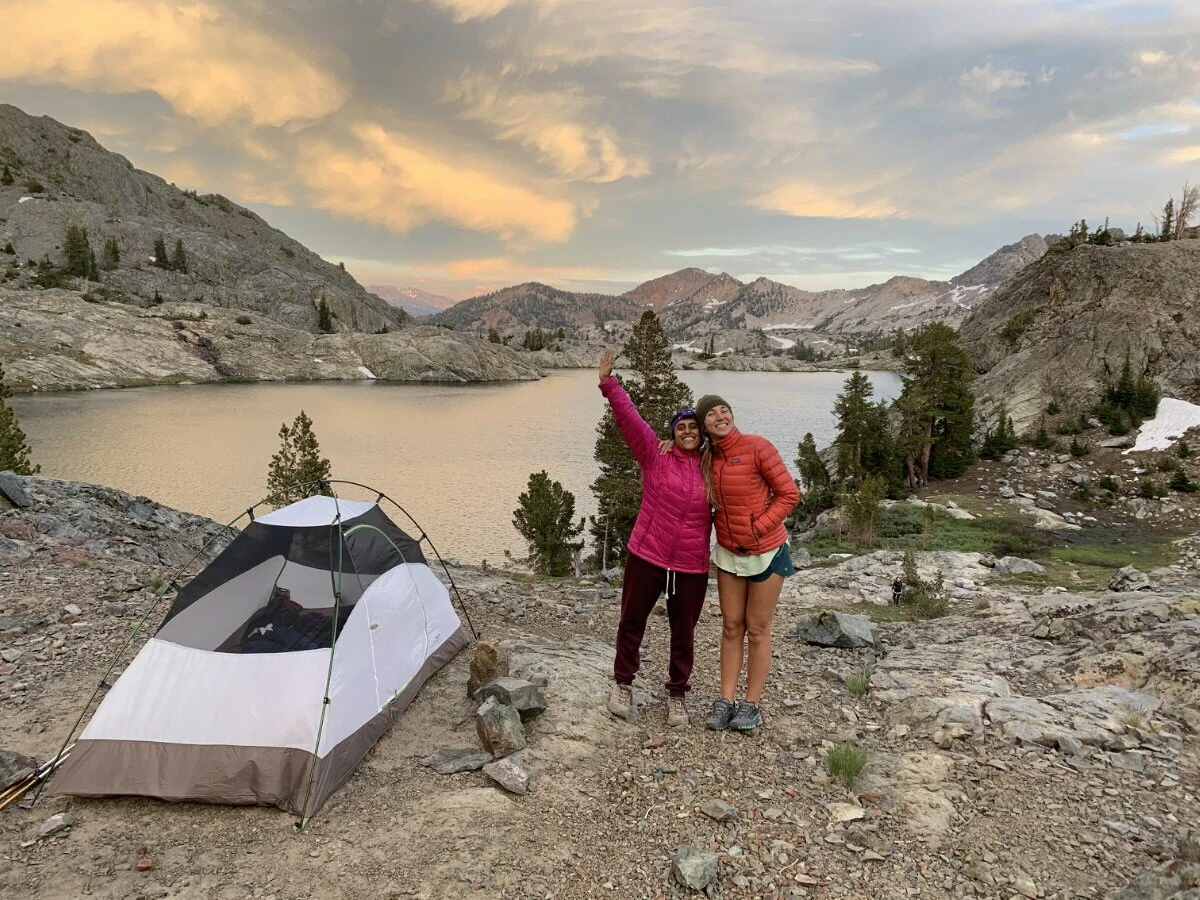


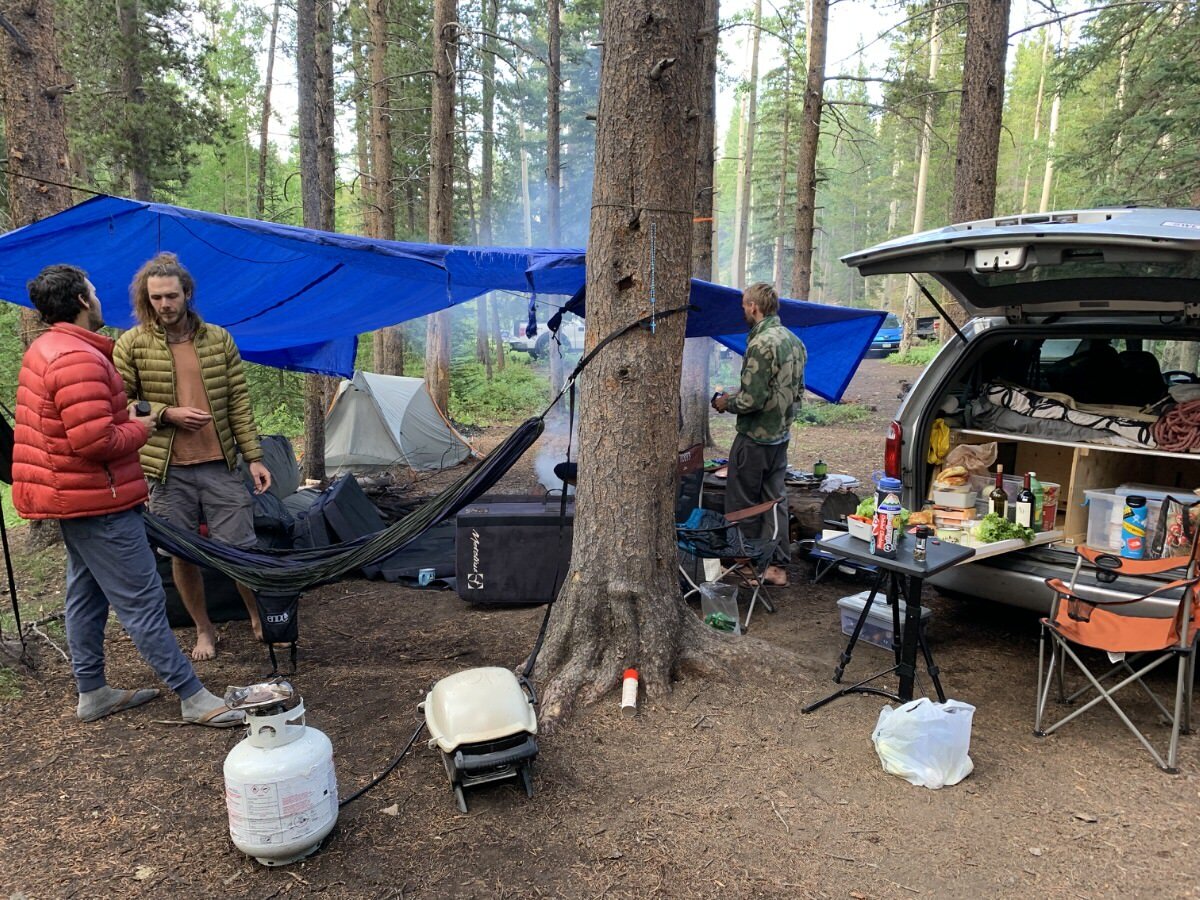




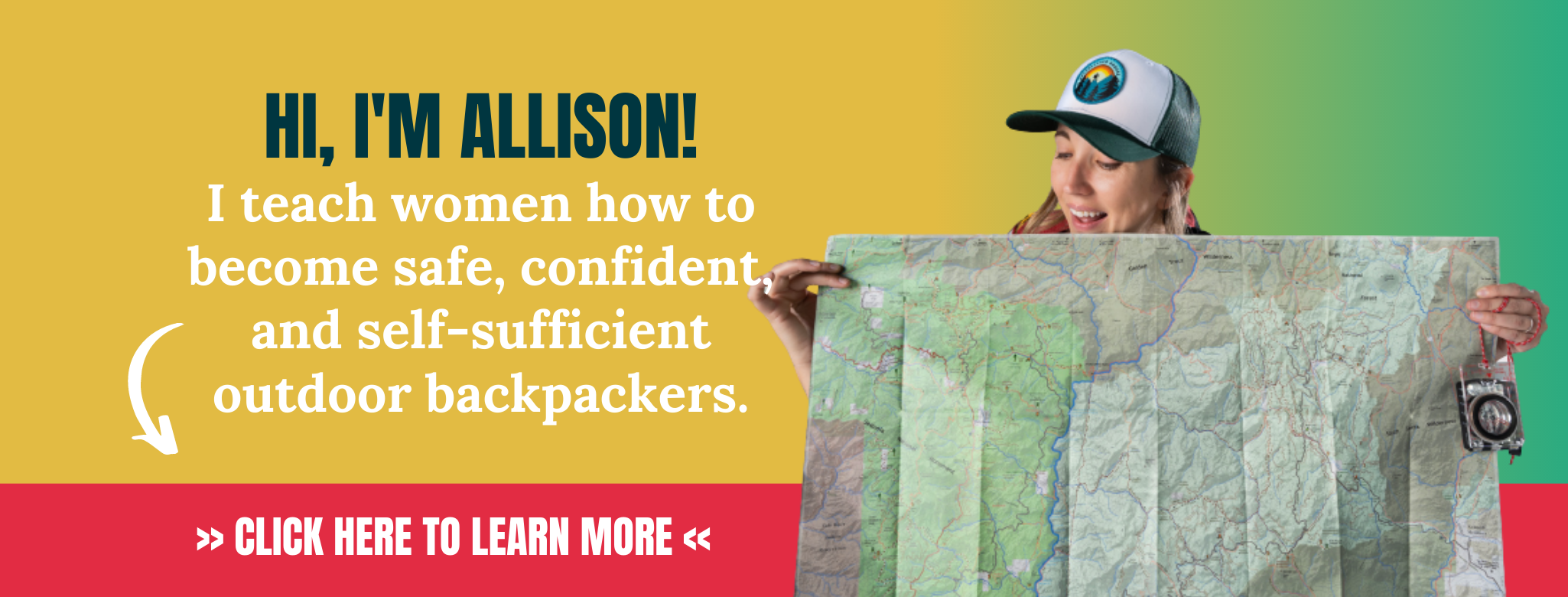

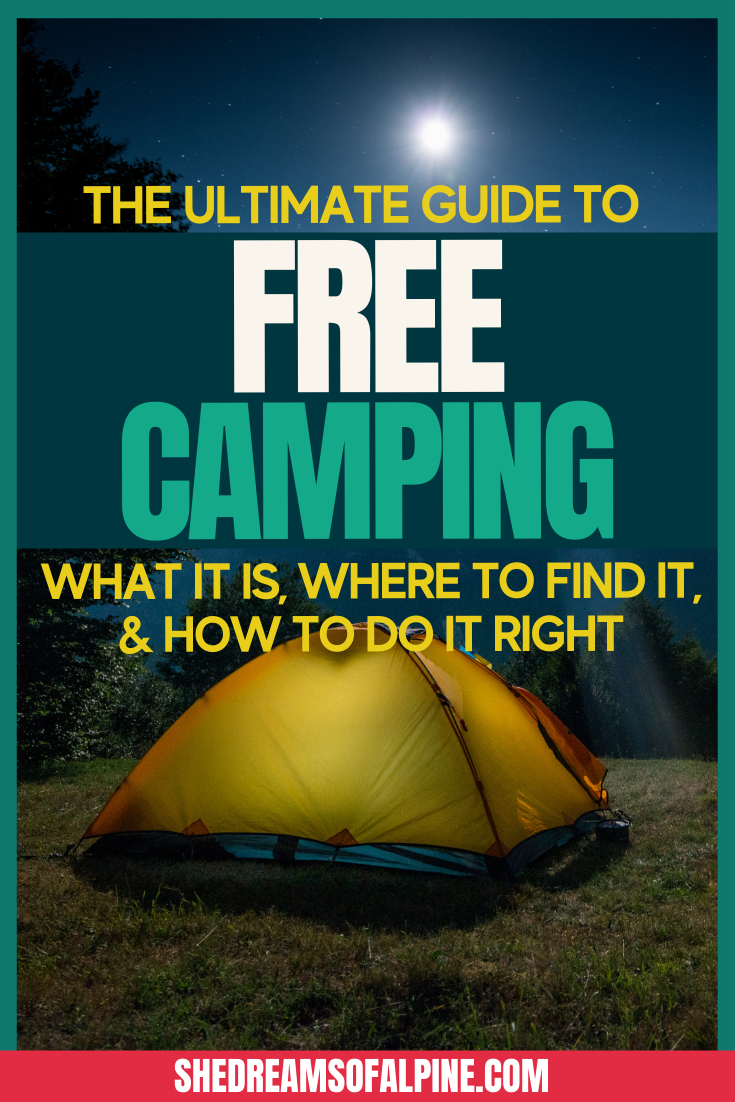
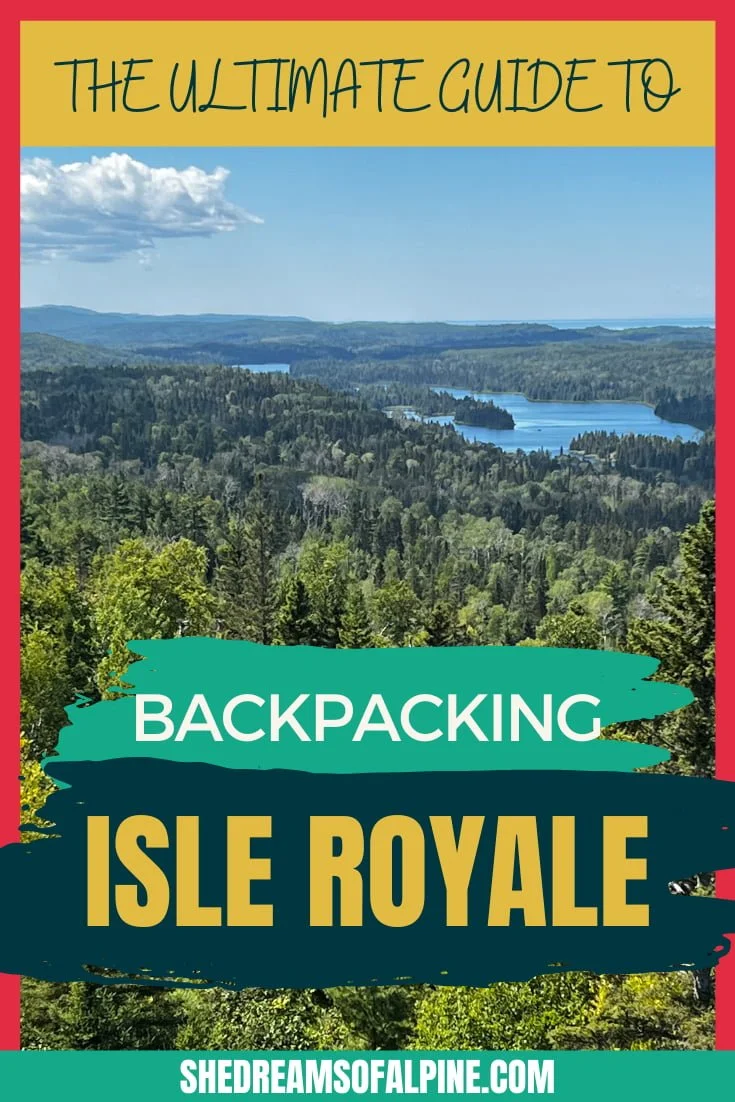
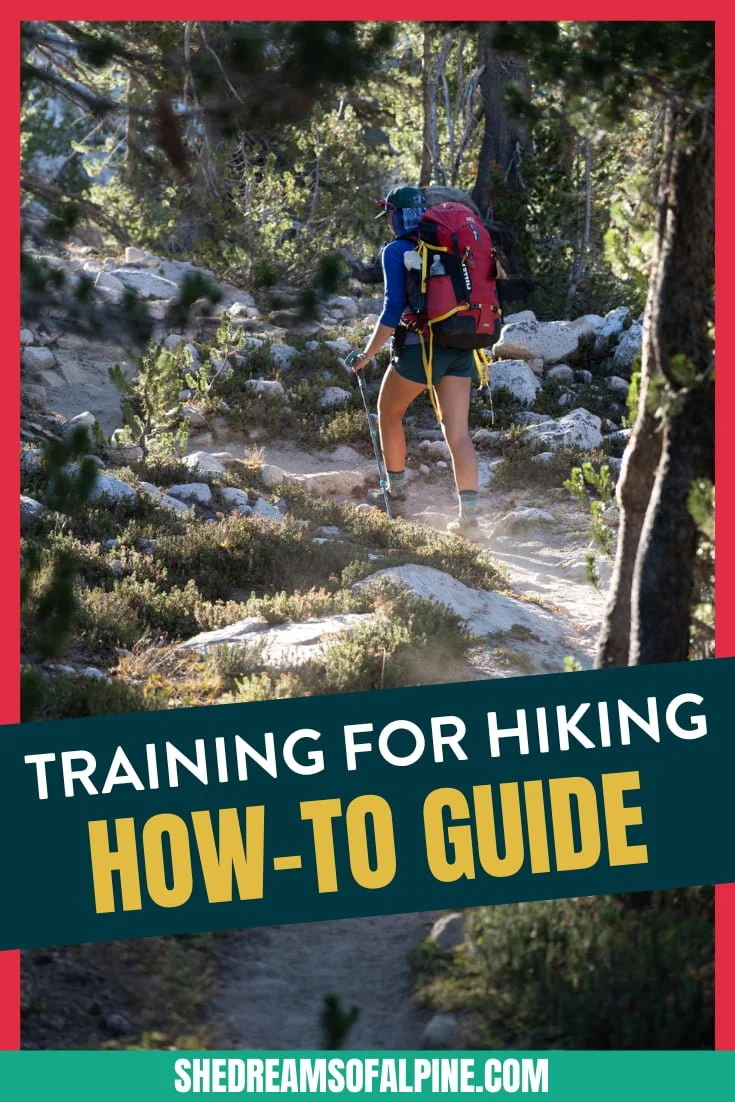


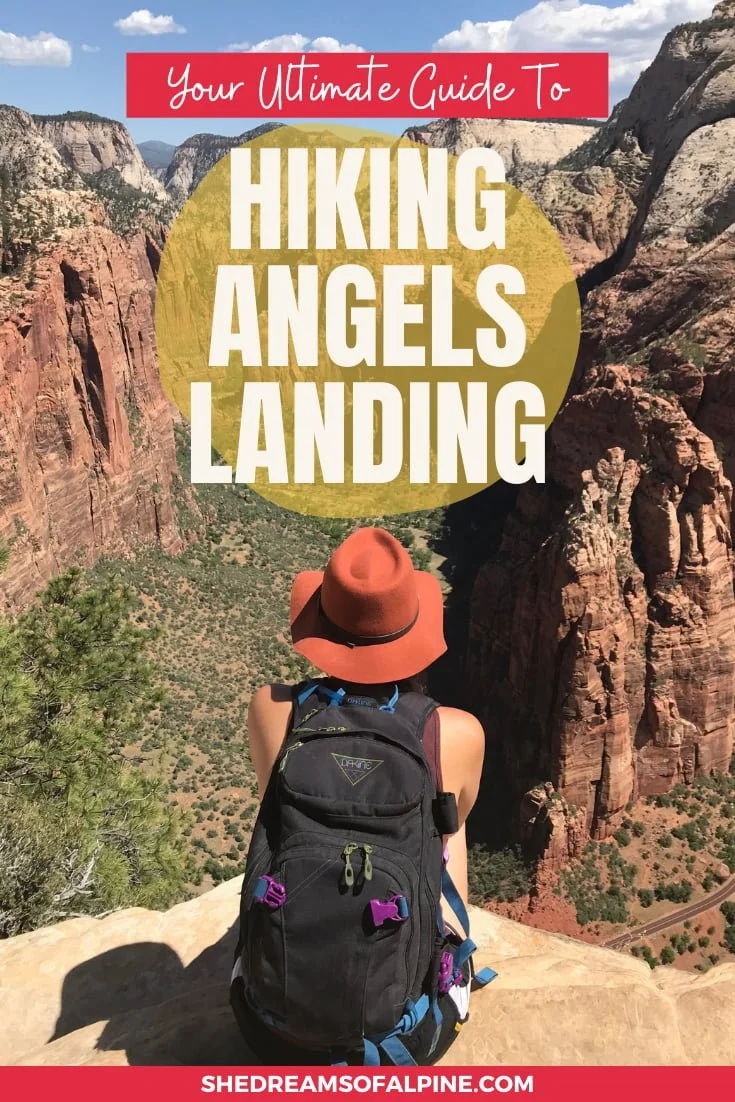

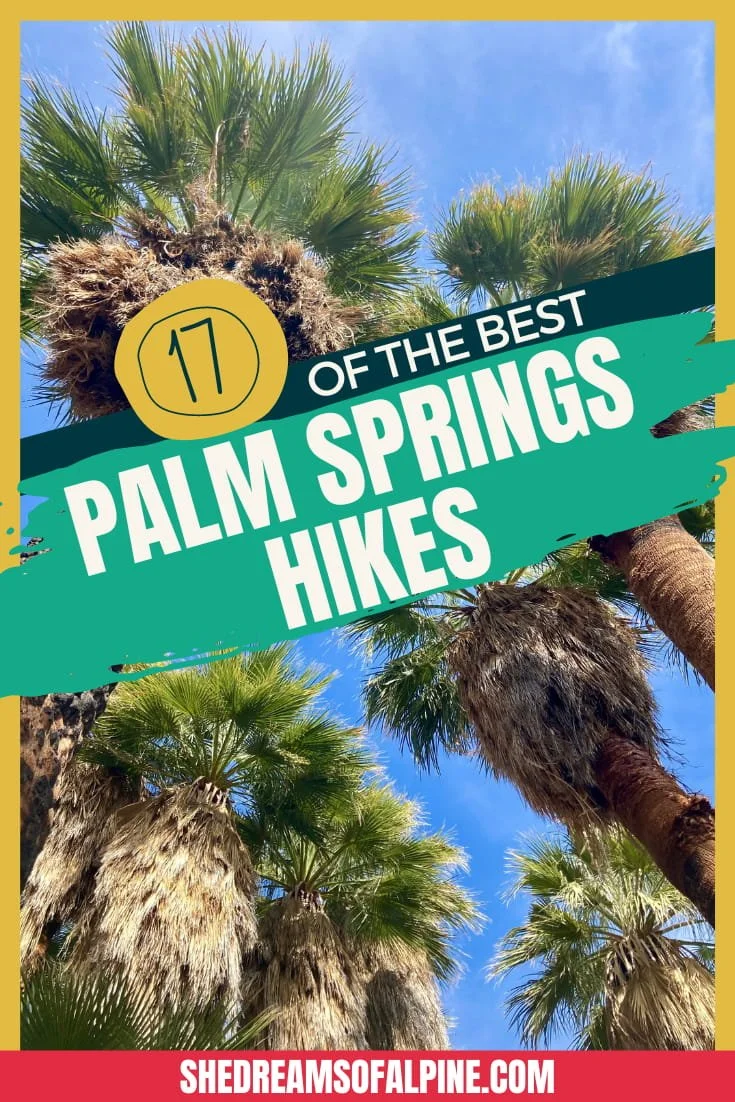

Travel Alone – 57 Quotes to Inspire Your Solo Travels | There’s something magical about traveling alone or going on solo adventures. Traveling alone forces us to grow and test what we are really made of and maybe even go through a transformation of self-discovery. These 57 travel alone quotes celebrate the beauty in going solo. | shedreamsofalpine.com